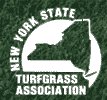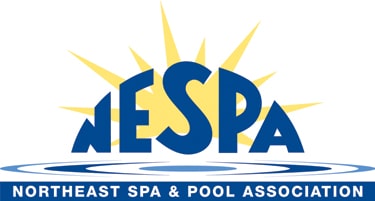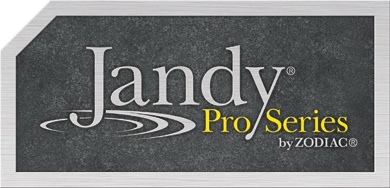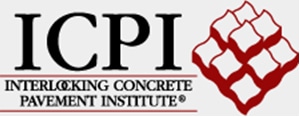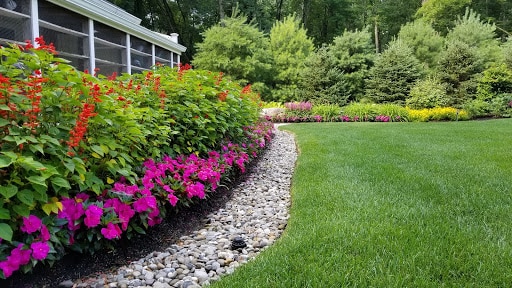 Following several months of hat-and-gloves weather, we’re all looking forward to the days when we can sit on the patio while enjoying a barbecue and the pool. Spring is around the corner—finally!—and now’s the time to consider what your landscape needs to recover from snow, ice and the inevitable damage that can occur during the cold season.
Following several months of hat-and-gloves weather, we’re all looking forward to the days when we can sit on the patio while enjoying a barbecue and the pool. Spring is around the corner—finally!—and now’s the time to consider what your landscape needs to recover from snow, ice and the inevitable damage that can occur during the cold season.
Not to worry—these typical landscape problems are usually an easy fix, and you’re not alone. Most properties need a pick-me-up after winter hibernation. Here are some of the most common landscape problems that surface after winter and how to solve these issues so you can enjoy your great outdoors as the temperatures warm up.
#1 Under Water—Wet Winters Cause Drainage Issues
After a wet winter—from snowmelt or rain—your lawn tends to collect water in low-lying spaces and along landscape beds. Perhaps you don’t have puddles in your yard, but you might notice that it is excessively muddy. This is a potential sign of poor drainage due to surface water. Basically, the water has nowhere to go so it sits there on your lawn. Some drainage solutions include site grading. French drains also can help control water flow around a building or property, and trench drains are a good choice for walkways and heavily paved areas. Backyard drainage issues are also solved with dry creeks, which can prevent stormwater runoff while providing an aesthetic benefit.
#2 A Matted, Wet Lawn—Dealing with Pink Snow Mold
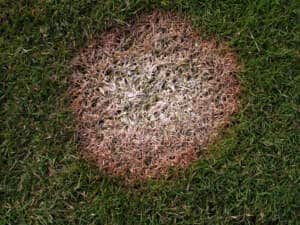 There are two types of snow mold: pink snow mold and gray snow mold. Snow is not necessary for pink snow mold to affect your lawn, while gray snow mold is generally a problem when a lawn has been covered by snow for a couple of months. Pink snow mold is a fungus that can kill off grass blades but usually does not damage turf roots. Most of the time, your grass will recover on its own after adequate sunlight and air. Damaged grass blades are removed with the first few mowings of the spring landscape season.
There are two types of snow mold: pink snow mold and gray snow mold. Snow is not necessary for pink snow mold to affect your lawn, while gray snow mold is generally a problem when a lawn has been covered by snow for a couple of months. Pink snow mold is a fungus that can kill off grass blades but usually does not damage turf roots. Most of the time, your grass will recover on its own after adequate sunlight and air. Damaged grass blades are removed with the first few mowings of the spring landscape season.
#3 Feeling the Burn—Salt Can Damage Grass and Plants
 Snow and ice removal services are essential for keeping your property safe in winter. But sometimes, ice melt products can damage areas of your lawn that border driveways, walkways or parking areas, in the case of HOAs. While these issues can be minimized with deicing products that are liquid, even careful application of salt to make walking/driving areas safe can impact a lawn’s edges. Spring is an ideal time to repair lawn areas, whether or not salt is the culprit. Lawn care services including renovation, seeding and overseeding are options to get your lawn back into shape.
Snow and ice removal services are essential for keeping your property safe in winter. But sometimes, ice melt products can damage areas of your lawn that border driveways, walkways or parking areas, in the case of HOAs. While these issues can be minimized with deicing products that are liquid, even careful application of salt to make walking/driving areas safe can impact a lawn’s edges. Spring is an ideal time to repair lawn areas, whether or not salt is the culprit. Lawn care services including renovation, seeding and overseeding are options to get your lawn back into shape.
Get Set for Spring with Neave Landscaping
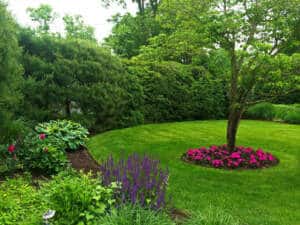 Get a free site assessment report and learn about our comprehensive approach to lawn and landscape maintenance. Our certified professionals care for your property as if it were their own, and we take pride in servicing some of the most beautiful properties in Westchester County, NY and beyond. Get your lawn in shape for the warm season so you can get out and enjoy it!
Get a free site assessment report and learn about our comprehensive approach to lawn and landscape maintenance. Our certified professionals care for your property as if it were their own, and we take pride in servicing some of the most beautiful properties in Westchester County, NY and beyond. Get your lawn in shape for the warm season so you can get out and enjoy it!
Call us at 845-463-0592 in Hudson Valley, 914-271-7996 in Westchester and 203-212-4800 in Connecticut. Or, fill out our contact form and we will get in touch with you.



